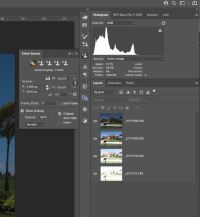Bryan at The-Digital-Picture has completed his review of the Canon EOS R3. Canon’s latest full-frame mirrorless camera which began shipping last week.
Bryan’s closing thoughts
With each new high-end camera iteration, it becomes more difficult to be happy with the newfound annoyances (additional steps or efforts required to get the same job done) of the older models, and the R3 brings out those inadequacies of the other models. The R3 has professional-grade build quality combined with arguably the best AF system ever placed in an interchangeable lens camera. The Eye Control AF, subject detection and tracking performance, Smart Controllers, and a myriad of other features give this camera a review-time advantage over all other models.
The performance of the Canon EOS R3 suggests flagship 1-series membership, and...
Continue reading...

